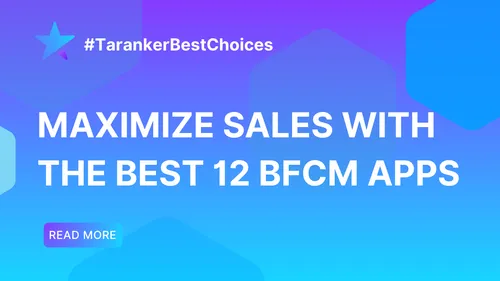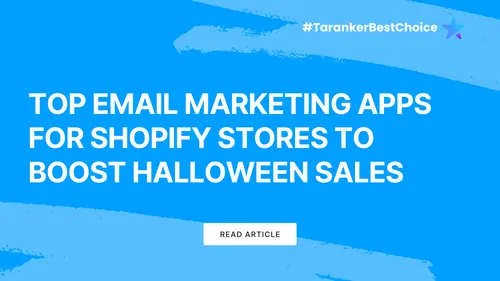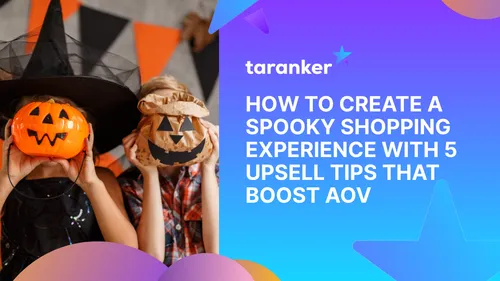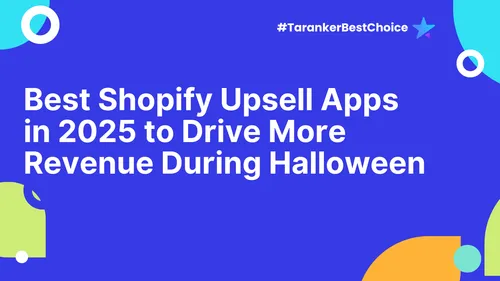Introduction
In a time when customers are bombarded with generic ads, mass emails, and automated replies, the brands that break through the noise are those that connect on a personal, human level. Surprisingly, it’s Artificial Intelligence (AI)—often seen as cold and robotic—that is empowering businesses to build more human-like relationships with their audiences. Welcome to the age of hyper-personalization.
For e-commerce entrepreneurs and Shopify merchants, hyper-personalization isn’t a luxury—it’s a strategic necessity. AI enables brands to deliver individualized experiences at scale, tailored not only to what customers buy, but also how they think, behave, and feel.
This blog will explore: ✔ What hyper-personalization means and how it differs from basic personalization
✔ How AI powers real-time, deeply relevant customer experiences
✔ The benefits of hyper-personalization for Shopify merchants
✔ Tools and strategies to implement hyper-personalized marketing
✔ Real-world examples of brands doing it right
1. What Is Hyper-Personalization?

a) Going Beyond First Names
Personalization used to mean inserting a first name in an email subject line. Hyper-personalization, on the other hand, leverages real-time data, behavioral insights, and AI to craft experiences that feel custom-made for each individual.
✔ Recommending products based on browsing and purchase history
✔ Sending emails triggered by real-time behavior (e.g., abandoned carts, product views)
✔ Showing dynamic content based on location, device, or time of day
It’s about predicting what the customer wants next, often before they even realize it.
b) Personalization vs. Hyper-Personalization
|
Feature |
Personalization |
Hyper-Personalization |
|
Uses name, gender, location |
✅ |
✅ |
|
Based on past purchases |
✅ |
✅ |
|
Real-time behavior triggers |
❌ |
✅ |
|
AI-driven recommendations |
❌ |
✅ |
|
Dynamic, evolving messaging |
❌ |
✅ |
Hyper-personalization is a living, breathing strategy—it evolves with your customers and adapts to their journey in real-time.
2. How AI Is Making Marketing More Human

a) Real-Time Behavioral Insights
AI processes vast amounts of data quickly and accurately. It can detect when a user visits your Shopify store, what products they’re clicking on, how long they dwell on a page, and even what time of day they’re most likely to shop.
✔ Create timely pop-ups with personalized offers
✔ Retarget users with products they viewed
✔ Send “back-in-stock” or “price drop” alerts at the perfect moment
b) Natural Language Processing (NLP)
AI uses NLP to understand customer queries, intent, and tone. This enables more human-like conversations via chatbots and automated support.
✔ Answer FAQs conversationally
✔ Suggest products based on text-based queries
✔ Route users to relevant pages or human agents
📌 Tool Tip: Use platforms like Tidio AI, ManyChat, or Gorgias to bring intelligent conversation to your Shopify store.
c) Dynamic Content Delivery
AI helps deliver unique content to different users based on their behaviors and preferences.
✔ Personalized homepages
✔ Email content blocks that change per recipient
✔ Shopify product recommendations tailored in real-time
Hyper-personalization ensures every touchpoint feels thoughtfully crafted—not automated or templated.
3. The Benefits of Hyper-Personalization for Shopify Merchants

a) Increases Conversion Rates
When customers feel like a brand “gets them,” they’re more likely to buy.
✔ Relevance removes friction from the shopping experience
✔ Personalized product suggestions increase average order value (AOV)
✔ Real-time messaging nudges hesitant buyers toward purchase
b) Reduces Cart Abandonment
AI can detect hesitation and deliver timely incentives.
✔ Exit-intent popups with personalized discounts
✔ Abandoned cart emails tailored to the exact products left behind
✔ Retargeting ads with dynamic messaging based on user behavior
c) Enhances Customer Loyalty
When your communications feel meaningful, customers are more likely to stick around.
✔ Post-purchase emails with care tips or recommendations
✔ Birthday or milestone offers
✔ Feedback requests that feel personal and appreciated
📌 Stat: 91% of consumers say they’re more likely to shop with brands that provide relevant offers and recommendations.
d) Saves Time and Scales Efficiently
AI automates much of the process, allowing even small teams to deliver big-brand-level personalization.
✔ Reduce manual segmentation
✔ Automate smart content creation
✔ Focus human energy on strategy, not execution
4. Tools That Enable Hyper-Personalization on Shopify
|
Purpose |
Tools |
|
Email/SMS Marketing |
Klaviyo, Omnisend, Postscript |
|
Product Recommendations |
LimeSpot, Recom.ai, Personalized.io |
|
On-Site Personalization |
Justuno, Optimonk, Dynamic Yield |
|
Chatbot & Messaging |
Tidio AI, Gorgias, Zendesk |
|
Customer Data Platforms (CDP) |
Glew.io, Segment, Shopify Audiences |
Most of these tools integrate directly with Shopify and offer drag-and-drop features for easy setup—even for non-tech-savvy merchants.
5. Real-World Examples of Hyper-Personalization
a) Netflix for Shopping: Stitch Fix
Uses AI and customer data to create curated fashion boxes. Users rate items to help the algorithm improve over time—resulting in more accurate, personalized recommendations.
b) Amazon’s Recommendation Engine
Amazon’s ability to suggest “frequently bought together” or “customers who viewed this also viewed” is driven by AI personalization. Shopify merchants can emulate this using apps like Recom.ai or LimeSpot.
c) Function of Beauty
Offers personalized hair care based on quiz data and user preferences. Everything—from the formula to packaging—is tailored to the individual, and it’s all powered by AI.
6. Implementing Hyper-Personalization on Your Shopify Store
Step 1: Audit Your Customer Touchpoints
✔ Website, email, SMS, ads, chat—are they speaking to customers personally or generically?
Step 2: Collect and Centralize Data
✔ Use Shopify apps and CDPs to collect behavior, preferences, purchase history, etc.
Step 3: Use AI-Powered Tools
✔ Choose the right platforms to personalize emails, product suggestions, and on-site content.
Step 4: Automate With a Human Touch
✔ While AI does the heavy lifting, ensure your tone, visuals, and offers align with your brand values.
Step 5: Test and Optimize
✔ Use A/B testing to refine your personalization efforts. Track key metrics like conversion rate, CTR, and CLV.
Conclusion
In an age where digital noise is louder than ever, hyper-personalization powered by AI allows e-commerce brands to stand out—not by shouting louder, but by speaking directly to the individual. When executed well, it’s not just effective—it’s deeply human.
For Shopify merchants, this means leveraging the power of AI not to replace human touch, but to amplify it at scale. The result? Smarter marketing, happier customers, and stronger business growth.
💡 Action Step: Start with one element—such as personalized product recommendations or behavior-triggered emails—and build your hyper-personalization strategy from there.













